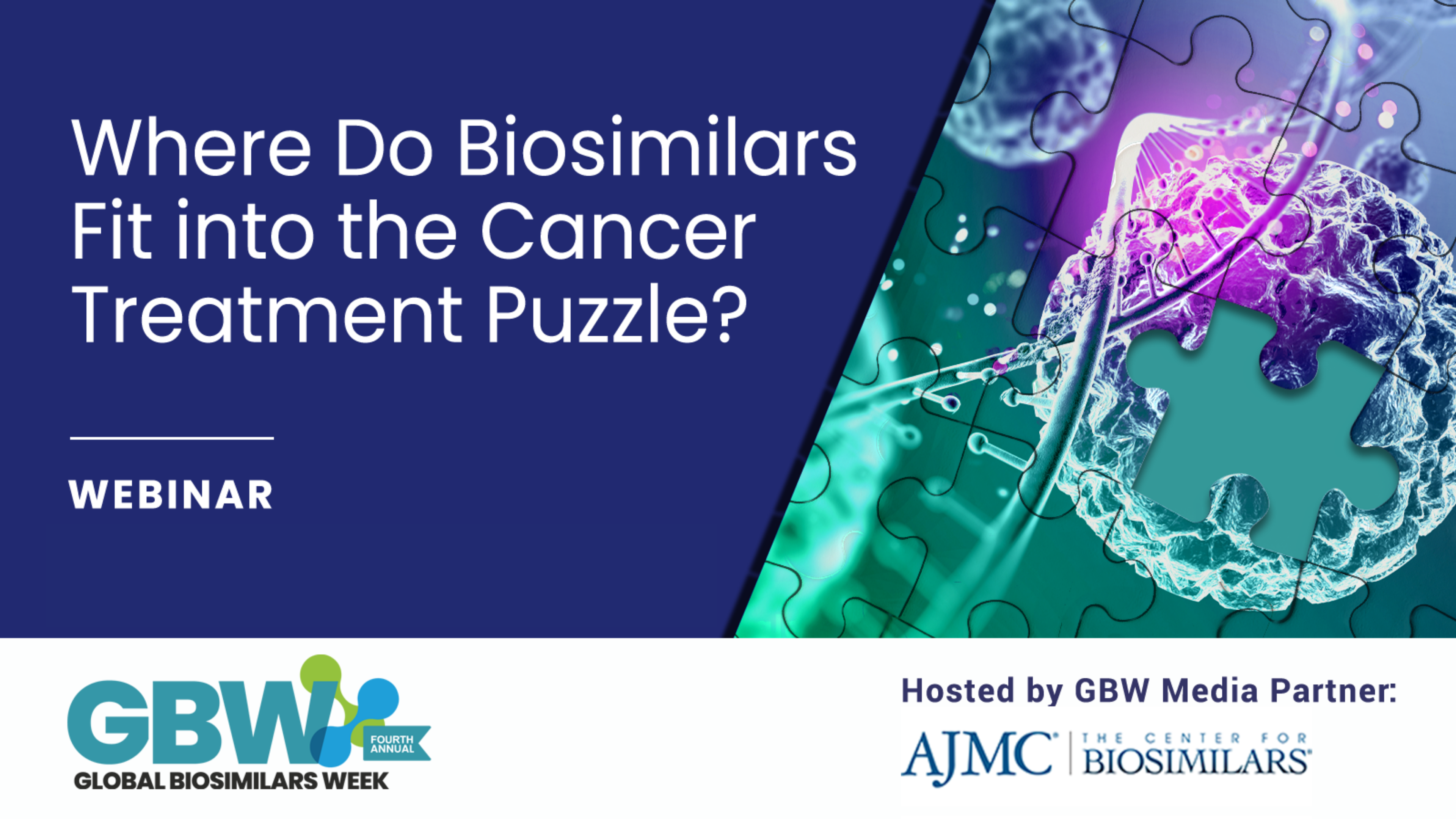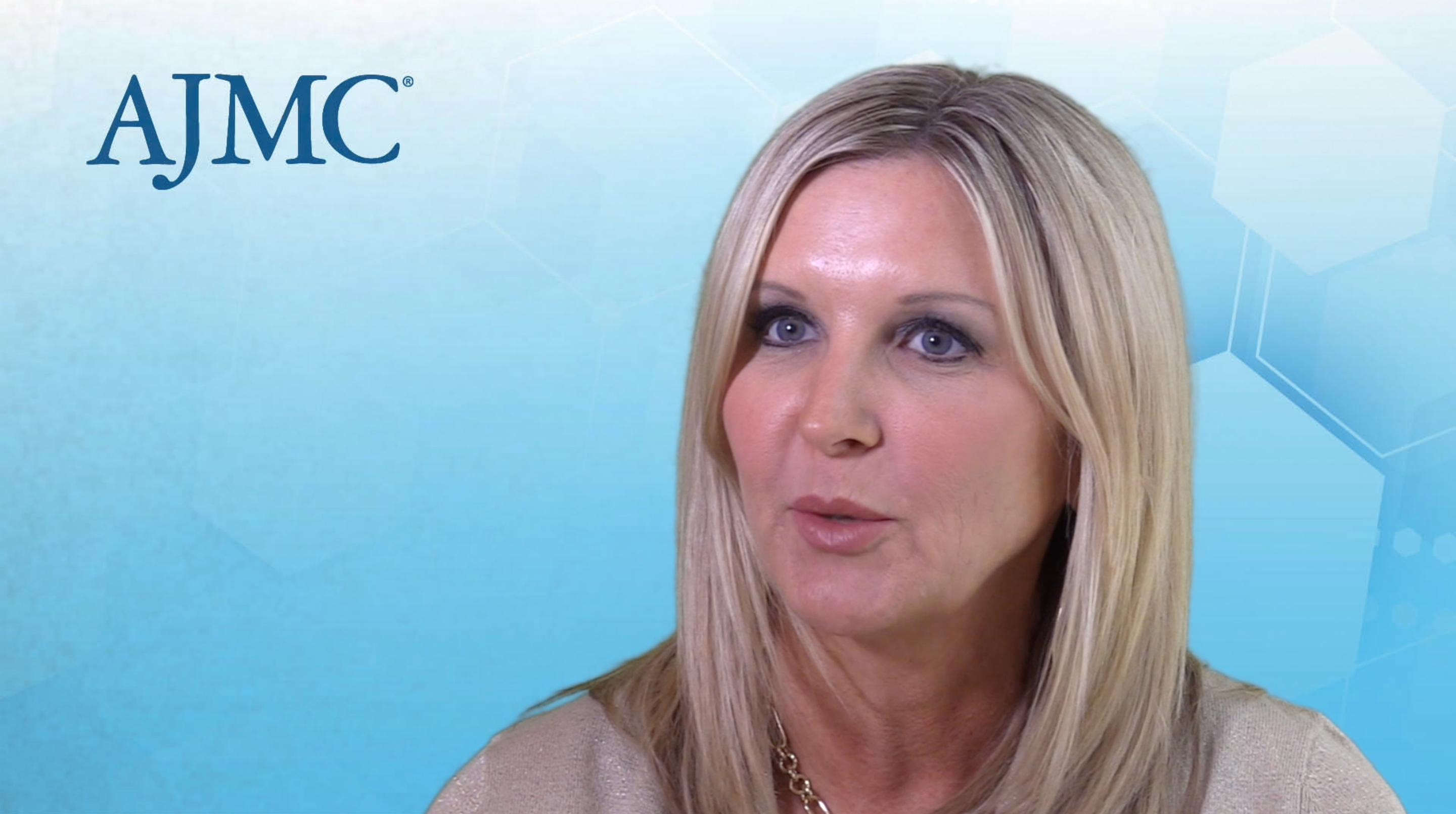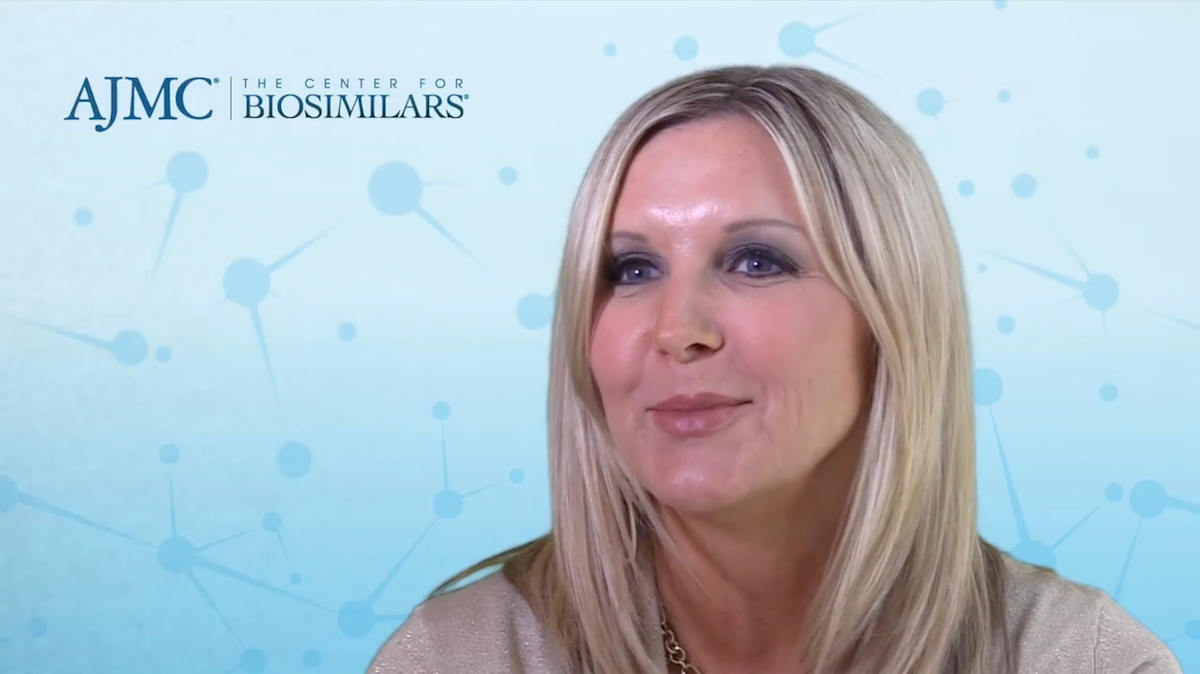- Bone Health
- Immunology
- Hematology
- Respiratory
- Dermatology
- Diabetes
- Gastroenterology
- Neurology
- Oncology
- Ophthalmology
- Rare Disease
- Rheumatology
Observational Study Confirms Safety Profile of Biosimilar Epoetin Alfa in Nephrology
While the United States is still awaiting the launch of the first FDA-approved biosimilar epoetin alfa, erythropoiesis-stimulating agents were among the first biosimilars to become available in Europe. This month, Italian researchers published a post-authorization observational study that compared the efficacy and safety of 2 European biosimilars and the reference epoetin alfa in patients undergoing dialysis at 26 hospitals in 4 regions in Italy, and they concluded that their results support the comparable safety profiles of the originator and biosimilar products.
While the United States is still awaiting the launch of the first FDA-approved biosimilar epoetin alfa, erythropoiesis-stimulating agents were among the first biosimilars to become available in Europe. This month, Italian researchers published a post-authorization observational study that compared the efficacy and safety of European biosimilars and the reference epoetin alfa in patients undergoing dialysis at 26 hospitals in 4 regions in Italy, and they concluded that their results support the comparable safety profiles of the originator and biosimilar products.
The study, conducted between 2013 and 2015, included all adult patients with chronic kidney disease who had hemodialysis at least twice weekly and who were treated with the innovator epoetin (Eprex) or a biosimilar (Binocrit or Retacrit). Each patient was followed for 12 months after the first visit.
Click to learn more about biosimilar epoetin alfa.
The study’s outcomes comprised 3 major categories: problems related to the dialysis device (such as infections of the vascular access), cardiovascular or cerebrovascular events (such as arrhythmia that was not present at baseline), and infections (such as pneumonia).
A total of 423 patients used the originator and 444 used one of the biosimilars (440 of the biosimilar users received Binocrit). Patients who took a biosimilar were older than those who took the reference, and were more frequently affected by arrhythmia and diabetes at baseline. Those who used the originator more frequently had arteriovenous fistula and previous renal transplant, and were more frequently on transplant wait lists and had received dialysis for a longer time. There were 765 established epoetin users and 102 new patients.
A total of 274 patients (31.6%) experienced at least 1 of the safety outcomes; 123 events (29.1%) occurred in patients using the reference product and 151 (34.0%) occurred among the biosimilar users. The most common events were infections (11.5%), followed by cardiovascular and cerebrovascular conditions (10.6%), followed by problems related to the dialysis device (9.8%). A total of 127 deaths occurred in the study population (14.6%) during the 12-month follow-up period.
After adjusting for confounding factors (such as age, vascular access, heart failure, and other conditions), hazard ratio estimates were 1.0 (95% CI, 0.7-1.3) for any of the study outcomes, 0.9 (95% CI, 0.6—1.5) for infections, 0.9 (95% CI, 0.6-1.5) for cardiovascular and cerebrovascular conditions, and 1.1 (95% CI, 0.7-1.8) for device-related problems.
Results were similar to the overall population when new patients were considered as a subgroup; 33 patients (32.4%) experienced at least 1 safety outcome, and there was no statistically significant difference between biosimilar or reference users.
“The results from this study confirm the similarity in terms of safety between originator [epoetin alfa] and biosimilars when used in patients with [chronic kidney disease] receiving dialysis,” concluded the authors. “Specifically, no difference emerged between the [2] cohorts of users with regard to any kind of adverse events.”
Reference
Stoppa G, D’Amore C, Conforti A, et al. Comparative safety of originator and biosimilar epoetin alfa drugs: an observational prospective multicenter study. BioDrugs. 2018;32: 367. doi: 10.1007/s40259-018-029.
How AI Can Help Address Cost-Related Nonadherence to Biologic, Biosimilar Treatment
March 9th 2025Despite saving billions, biosimilars still account for only a small share of the biologics market—what's standing in the way of broader adoption and how can artificial intelligence (AI) help change that?
Will the FTC Be More PBM-Friendly Under a Second Trump Administration?
February 23rd 2025On this episode of Not So Different, we explore the Federal Trade Commission’s (FTC) second interim report on pharmacy benefit managers (PBMs) with Joe Wisniewski from Turquoise Health, discussing key issues like preferential reimbursement, drug pricing transparency, biosimilars, shifting regulations, and how a second Trump administration could reshape PBM practices.
Empowering Vulnerable Populations: The Path to Equitable Biologic Therapy Access
December 22nd 2024Elie Bahou, PharmD, senior vice president and system chief pharmacy officer at Providence, discusses strategies to improve equitable access to biologic therapies, including tiered formularies, income-based cost sharing, patient assistance programs, and fostering payer partnerships.
13 Strategies to Avoid the Nocebo Effect During Biosimilar Switching
December 18th 2024A systematic review identified 13 strategies, including patient and provider education, empathetic communication, and shared decision-making, to mitigate the nocebo effect in biosimilar switching, emphasizing the need for a multifaceted approach to improve patient perceptions and therapeutic outcomes.










